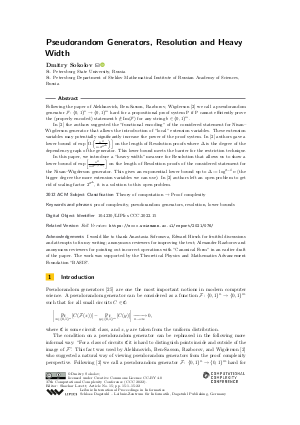LIPIcs.CCC.2022.15.pdf
- Filesize: 0.85 MB
- 22 pages

 Creative Commons Attribution 4.0 International license
Creative Commons Attribution 4.0 International license






Feedback for Dagstuhl Publishing